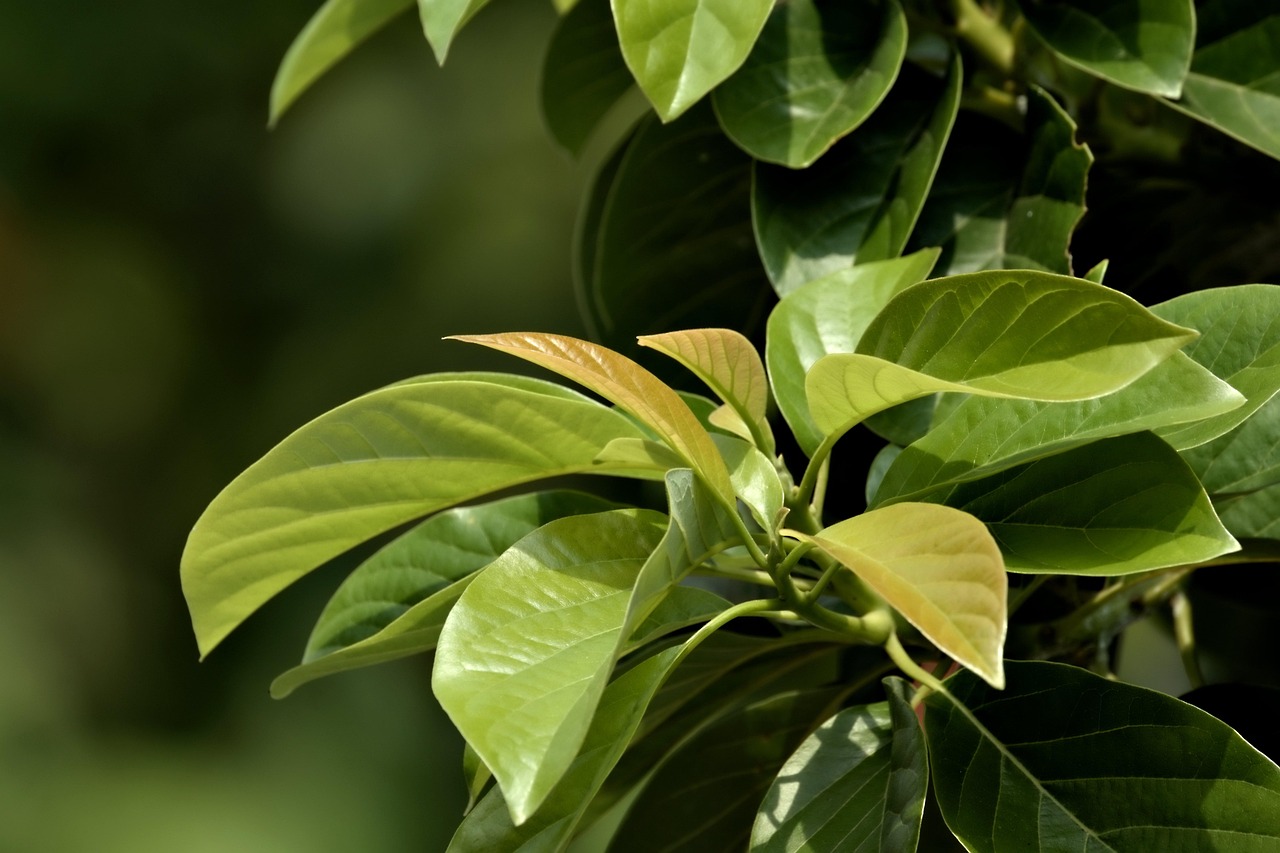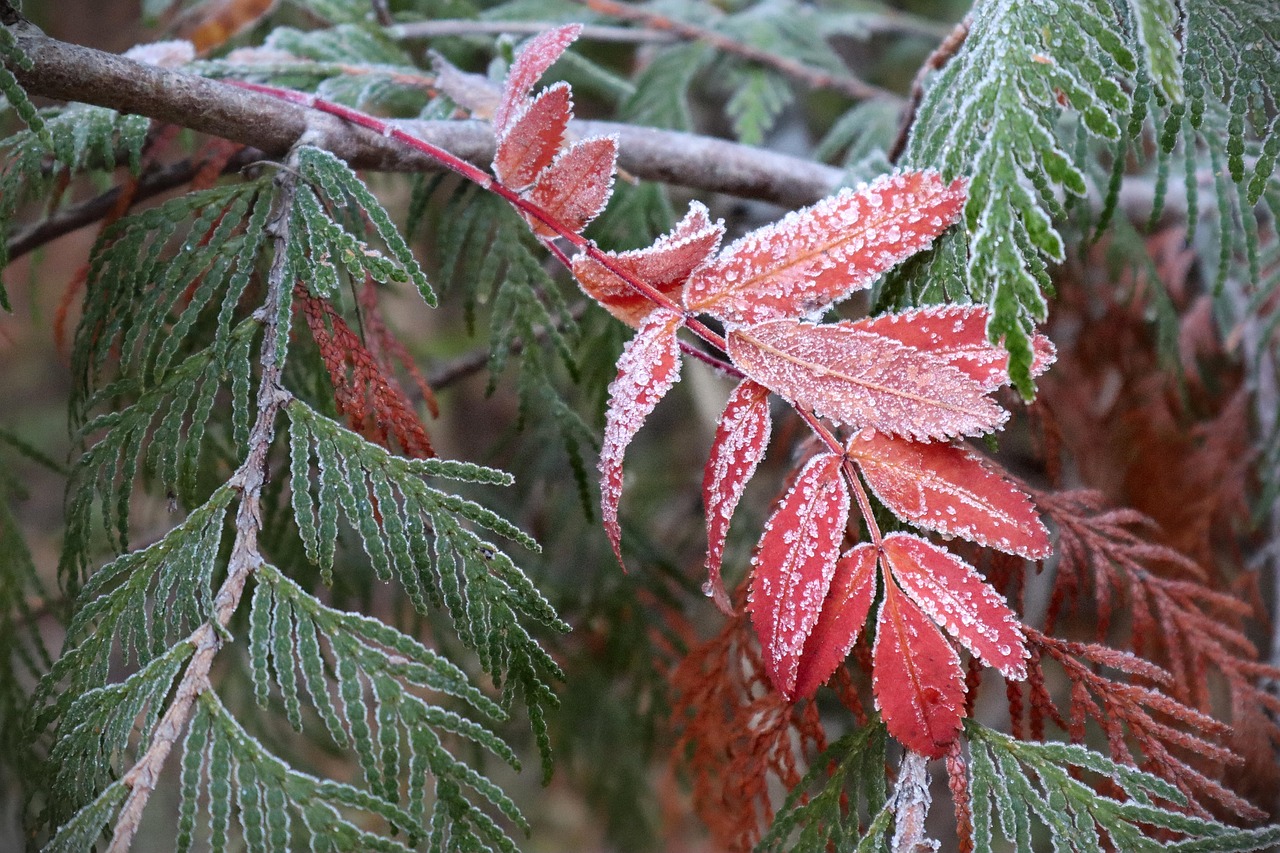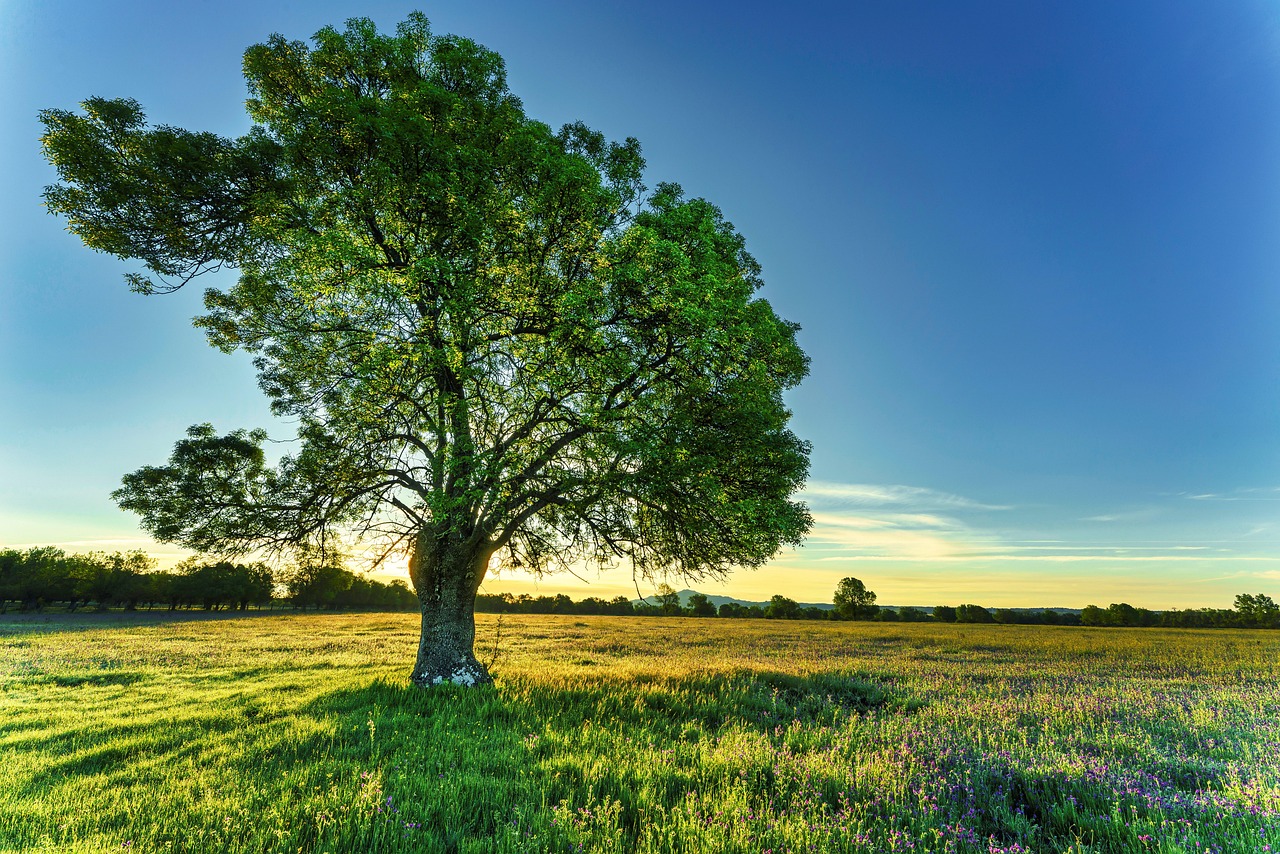Ash trees typically exhibit a moderate to fast growth rate, averaging between 2 to 3 feet per year under optimal conditions. Proper care and environmental factors significantly influence their growth, including soil quality, sunlight exposure, and water availability.
Ash trees, belonging to the genus Fraxinus, are popular for their aesthetic appeal and robust wood. They thrive in a variety of environments and can be found across North America and Europe. Understanding their growth rate is essential for gardeners and landscapers aiming to cultivate healthy specimens. The growth rate can vary significantly based on the specific species, environmental conditions, and care practices.

Several factors influence the growth rate of ash trees. These include soil conditions, moisture levels, light exposure, and temperature. By providing optimal conditions, ash trees can flourish and reach their full potential. Below are some key factors affecting the growth of ash trees:
- Soil Quality: Ash trees prefer well-drained loamy soil rich in organic matter.
- Water Availability: Regular watering during dry spells promotes faster growth.
- Sunlight: Full sun exposure is ideal for optimal growth rates.
- Temperature: Ash trees thrive in moderate climates, typically between 60°F to 75°F.
Understanding Ash Tree Growth Rates
The growth rate of ash trees can vary based on several species. Some species are known for their rapid growth, while others grow at a slower pace. The most common species include the White Ash (Fraxinus americana), Green Ash (Fraxinus pennsylvanica), and Black Ash (Fraxinus nigra). Each of these species has its unique characteristics.
| Species | Average Growth Rate (Feet per Year) | Native Range |
|---|---|---|
| White Ash | 2-3 | Northeastern US and Canada |
| Green Ash | 3-5 | Central and Eastern US |
| Black Ash | 1-2 | Northeastern US and Canada |
The growth rate not only depends on the species but also on environmental factors. For instance, Green Ash is known for its resilience to drought conditions compared to other species. This adaptability allows it to maintain a higher growth rate even in less than ideal conditions.

When planting ash trees, understanding their growth requirements is essential. Ash trees thrive best in areas with full sunlight and ample space for their canopy to expand. Adequate spacing between trees allows for better airflow and reduces competition for nutrients. When planting, consider the following practices to enhance growth:
- Select a suitable location that receives at least 6 hours of direct sunlight daily.
- Prepare the soil by testing pH levels and amending it with organic matter to improve fertility.
- Water young trees regularly, especially during dry spells, until they are established.
- Prune during the dormant season to encourage healthy branching and shape.
Pest management is also crucial for maintaining the health of ash trees. The Emerald Ash Borer is a significant threat to ash populations. Regular monitoring for signs of infestation helps in taking timely action. In addition to pests, diseases such as ash yellows can affect tree health. Proper cultural practices can minimize these risks.
Incorporating these best practices will foster healthy growth in ash trees. Observing their growth patterns and adjusting care accordingly ensures that these majestic trees thrive for years to come. Ash trees not only enhance landscapes but also provide ecological benefits, making them a valuable addition to any environment.

Pro-Tips and Common Mistakes I’ve Learned to Avoid
- When I first planted my ash trees, I underestimated how much space they needed. Now I know to give them at least 30 to 40 feet apart to prevent overcrowding and promote healthy growth.
- I used to water my young ash trees infrequently, thinking less water was better. I’ve learned that deep, infrequent watering encourages strong roots—constantly monitoring soil moisture is key!
- Initially, I pruned during the summer, which wasn’t ideal. Now I prune in late winter or early spring during dormancy to promote better healing and structure.
- I ignored soil testing at first, but now I always check pH levels before planting. Adjusting soil acidity with lime or sulfur has made a noticeable difference in tree health.
- Don’t make the mistake I did by neglecting pests until infested! Regular inspections for signs like leaf curl or unusual growth help catch threats early, especially for pests like the Emerald Ash Borer.
- When mulching, I used to pile mulch directly against the trunk, which led to rot. Now I keep mulch a few inches away from the trunk, which has helped prevent diseases.
- In the beginning, I fertilized haphazardly. Now I follow a proper fertilization schedule, applying balanced N-P-K fertilizer in early spring, which supports steady growth.
- I overlooked the importance of proper pruning, often cutting too much or at the wrong time. I’ve learned to remove dead or crossing branches during dormancy with clean tools to keep my trees healthy.
- Don’t forget about community involvement! I’ve found that sharing knowledge and collaborating with local groups increases awareness and improves care strategies for ash trees in my area.
Optimal Conditions for Ash Tree Growth
To achieve the best growth results for ash trees, it is essential to create optimal conditions. These conditions encompass several environmental and care-related factors that contribute to the overall health and development of the trees. Understanding these factors will help you provide the best care for your ash trees.
Soil Requirements
Ash trees thrive in well-drained, loamy soils. They prefer soils with a pH level between 6.0 and 7.5. Testing soil pH can be easily done using a soil test kit available at garden centers or through local agricultural extensions. If the soil is too acidic or alkaline, amendments can be added to adjust the pH. Key amendments include:
- Lime: Raises soil pH if the soil is too acidic.
- Sulfur: Lowers soil pH if the soil is too alkaline.
- Compost: Improves soil structure and fertility while also enhancing moisture retention.
Watering Practices
Watering is critical, especially during the initial establishment phase. Young ash trees require consistent moisture to develop strong root systems. Here are some watering tips:

- Water deeply and infrequently to encourage deep root growth.
- Avoid overhead watering, as it can lead to fungal diseases; instead, use soaker hoses or drip irrigation.
- Monitor rainfall and adjust watering accordingly, ensuring the soil remains moist but not waterlogged.
Sunlight and Spacing
Ash trees need full sunlight for optimal growth. They require at least six hours of direct sunlight daily. Insufficient sunlight can lead to stunted growth and increased susceptibility to pests and diseases. Additionally, proper spacing between trees is crucial. When planting multiple ash trees, consider the following:
- Spacing: Space trees at least 30 to 40 feet apart to allow for their mature canopy size.
- Airflow: Adequate spacing ensures good airflow, reducing the risk of fungal diseases.
- Companion Planting: Consider planting compatible species nearby that do not compete for light or nutrients.
Cultural Practices for Healthy Growth
Implementing effective cultural practices can significantly enhance the growth rate of ash trees. These practices include mulching, fertilization, and pruning.
Mulching
Applying mulch around the base of ash trees serves multiple purposes. Mulch helps retain soil moisture, suppresses weeds, and regulates soil temperature. The recommended materials for mulch include wood chips, bark, or straw. When applying mulch, consider these guidelines:
- Apply a 2 to 4-inch layer of mulch around the tree, keeping it away from the trunk to avoid rot.
- Replenish mulch as needed to maintain depth and effectiveness.
Fertilization
Fertilizing ash trees can promote stronger growth and healthier foliage. A balanced fertilizer with equal parts nitrogen, phosphorus, and potassium (N-P-K) is ideal. Here are some fertilization tips:
- Timing: Fertilize in early spring before new growth begins.
- Application Rate: Follow label instructions for application rates based on tree size.
- Organic Options: Consider using organic fertilizers such as compost or well-rotted manure for a slower release of nutrients.
Pruning Techniques
Proper pruning is vital for maintaining the shape and health of ash trees. Regular pruning promotes good structure and encourages new growth. Here are key points to remember when pruning:
- Timing: Prune during the dormant season (late winter to early spring).
- Tools: Use clean, sharp tools to make clean cuts and prevent disease transmission.
- Cuts: Remove dead, damaged, or crossing branches first, followed by thinning out dense areas to improve light penetration.
By focusing on these optimal conditions and cultural practices, you can ensure that your ash trees flourish and contribute positively to your landscape for many years.
Common Pests and Diseases Affecting Ash Trees
Ash trees, while beautiful and beneficial, face threats from various pests and diseases that can hinder their growth and longevity. Identifying these threats early can prevent significant damage and maintain the health of your trees. Below are some common pests and diseases that affect ash trees.
Pests
One of the most notorious pests affecting ash trees is the Emerald Ash Borer (EAB). This invasive beetle has devastated ash populations in North America. It targets healthy trees and can cause significant decline or even death within a few years. Other pests that may affect ash trees include:
- Ash Leaf Curl Aphid: These small insects suck sap from leaves, causing them to curl and distort.
- Fall Webworm: This caterpillar creates webs in the canopy, leading to defoliation if left unchecked.
- Carpenter Ants: While they do not typically harm healthy trees, they can infest weakened or dead trees.
Diseases
Ash trees are also susceptible to several diseases, which can significantly affect their growth and vitality. Some prevalent diseases include:
- Ash Yellows: A disease caused by a phytoplasma, it leads to yellowing foliage and stunted growth.
- Anthracnose: This fungal disease causes leaf spots and can lead to early leaf drop.
- Root Rot: Often caused by overwatering or poor drainage, root rot can kill trees if not addressed promptly.
Management Strategies
Implementing effective management strategies is crucial for protecting your ash trees from pests and diseases. Here are some practices to consider:
Monitoring and Early Detection
Regularly inspecting your ash trees for signs of pests or disease is essential for early intervention. Look for symptoms such as:
- Discoloration or distortion of leaves
- Visible insects on leaves or branches
- Unusual growth patterns or dieback in branches
Pest Control Measures
If pests are detected, there are several control options available:
- Insecticidal Soaps or Oils: These are effective against soft-bodied insects like aphids.
- Pesticides: Use targeted pesticides specifically labeled for the pest in question. Always follow label instructions for safety.
- Biological Control: Introduce natural predators, such as ladybugs for aphids, to help control pest populations.
Disease Management
For managing diseases, consider the following strategies:
- Cultural Practices: Ensure proper watering techniques and avoid overhead watering to reduce disease spread.
- Pruning: Remove infected branches and foliage promptly to prevent further spread.
- Fungicides: In cases of severe fungal infections, appropriate fungicides may be used as a preventive measure.
Environmental Considerations
The growth and health of ash trees can also be influenced by environmental factors. Understanding these factors can help in creating a supportive environment for your trees.
Climate Adaptability
Ash trees generally thrive in temperate climates. However, they can adapt to a range of conditions. Here are some climate considerations:
- Drought Tolerance: Some species, like Green Ash, are more drought-tolerant than others, making them suitable for varying climates.
- Cold Hardiness: Different species have different levels of cold hardiness; ensure you select a species suitable for your hardiness zone.
Urban Conditions
Ash trees can also thrive in urban environments when proper care is taken. Consider the following when planting in urban settings:
- Soil Compaction: Urban soils often become compacted, making it difficult for roots to grow. Amending soil can help alleviate this issue.
- Pollution: Air pollution can stress trees; selecting disease-resistant varieties may improve survival rates in polluted areas.
By being proactive in managing pests, diseases, and environmental conditions, you can support the healthy growth of your ash trees throughout their lifecycle.
Best Practices for Long-Term Care of Ash Trees
To ensure ash trees thrive over the long term, it is essential to adopt ongoing care practices. These practices not only support healthy growth but also enhance the resilience of the trees against pests, diseases, and environmental stressors.
Regular Maintenance
Regular maintenance is crucial for the health of ash trees. Below are some key maintenance strategies:
- Seasonal Inspections: Conduct inspections at least twice a year, in spring and fall, to check for signs of pests or disease.
- Water Management: Adjust watering schedules based on seasonal rainfall. During dry spells, ensure trees receive sufficient water.
- Fertilization Schedule: Reassess the need for fertilization annually. Soil tests can inform whether additional nutrients are needed.
Mulching and Soil Health
Maintaining mulch around the base of the tree is vital for regulating soil temperature and moisture. Here are best practices for mulching:
- Type of Mulch: Use organic mulches such as wood chips or bark that decompose over time and enrich the soil.
- Application Depth: Maintain a mulch depth of 2 to 4 inches, making sure it is not piled against the trunk.
Additionally, soil health can be improved through regular testing and amendments. Adding organic matter, such as compost, enhances soil structure and nutrient availability.
Community Engagement and Education
Engaging with local communities can enhance the success of ash tree planting and care initiatives. Community involvement leads to shared knowledge and support. Consider these approaches:
- Workshops: Organize educational workshops on ash tree care, pest management, and the importance of biodiversity.
- Tree Planting Events: Host events that encourage community members to plant ash trees, fostering a sense of ownership and responsibility.
- Partnerships: Collaborate with local gardening clubs or environmental organizations to promote ash tree conservation efforts.
Final Thoughts
Ash trees are remarkable additions to any landscape, offering both beauty and ecological benefits. Understanding their growth rate details and best growing practices is essential for anyone looking to cultivate these trees successfully. By focusing on optimal conditions, pest management, and ongoing care, you can support the health of your ash trees throughout their lifespan.
As we face challenges from pests like the Emerald Ash Borer and changing environmental conditions, proactive management strategies become increasingly important. Emphasizing sustainable practices not only aids in the longevity of individual trees but also contributes to the overall health of our ecosystems.
In conclusion, whether you are planting a single ash tree in your yard or managing a larger landscape, applying these best practices will ensure that your trees thrive for generations to come. The effort invested in nurturing ash trees yields significant rewards in terms of beauty, shade, and ecological stability.
By fostering community awareness and engagement regarding ash tree care, we can collectively enhance our green spaces while ensuring that future generations enjoy the splendor of these magnificent trees.
